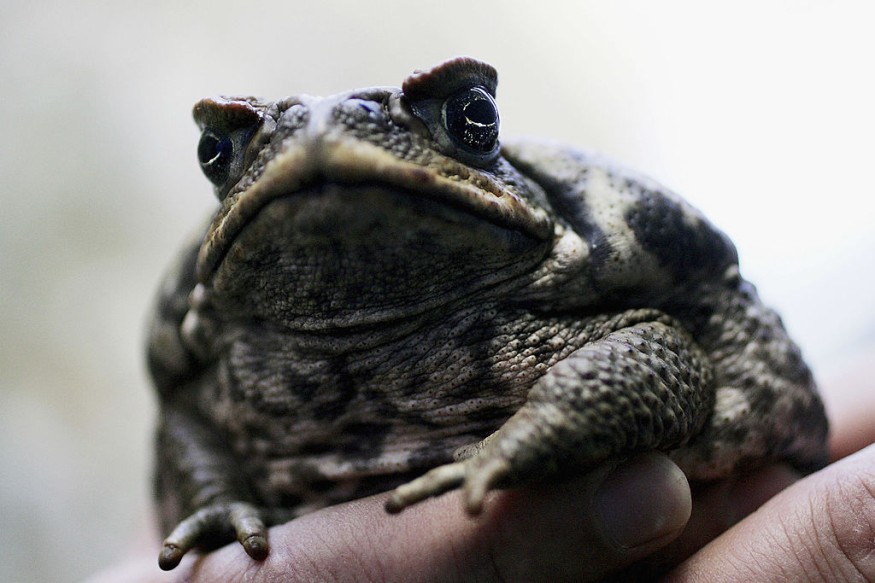
Taiwanese environmentalists are rushing against the clock to stop an incursion of non-native and extremely poisonous toads, before these warty amphibians wreak havoc on their newfound ecology.
After one neighborhood citizen published images of a cane toad publicly, investigators in Taiwan learnt about a probable cane frog takeover at a property in a tiny town in Taiwan's central mountain region.
Cane Toads Flourish in Taiwan
Cane toads, unlike some other newts, may also work as scavengers, ensuring that they often get plenty of sustenance to consume.
Lin Chun-fu, an amphibian expert at Taiwan's Endemic Biodiversity Institute, informed French media outlet AFP, "When native animals are initially detected, a quick and extensive search effort is critical."
"Taiwanese local landowners overlook toads and maybe even prefer toads when they encounter them, since amphibians assist clear the soil of parasites but are also a lucky sign," Yang told Reporters.
Mature cane toads' range in scale from 3.5 to 5.9 inches and have yellow and brown body coated with random blemishes.
Experts think that the current Taiwan cane toad infestation was triggered by an underground market purpose of trafficking.
When frightened, cane toads expel an amber colored poison classified as bufotoxin from their flesh, which flows from glands between their eyelids and is harmful to most mammals.
For example, in 1935, Australia imported toads to consume cane bugs known as Dermolepida albohirtum, which were wreaking havoc on sugarcane crops.
According to the dominant explanation, the aggressive cane toads either fled or were left by these cartels and gangs.
Thousands of Cane Toads Invade Local Farmlands
Female cane frogs typically deposit up to 30,000 offspring at all the moment and may breed throughout the whole year.
However, the Taiwanese authorities prohibited the importation of introduced species in the 2016, prompting individuals to raise and trade them unlawfully.
Per the AFP, authorities have seized over 200 toads in the immediately surrounding the hamlet ever since. The cane toad is a very effective exotic species. As per the AFP, cane toads have remained a popular creature in Taiwan and are utilized by conventional healers.
The cane toad called Rhinella marina is a very poisonous variety of toad endemic to the Americas, ranging from Peru's Central Amazon to Texas' Rio Grande Region.
Once the investigators reached at the property, they discovered 27 toads nearby. They are only resident to 14 nations but have spread to even more than 40, earning themselves a position on the list of the 100 Worst Pest Species supervised by the Invasive Species Advisory Committee, a worldwide advisory board of academics and political specialists.
In the past, individuals purposefully discharged these toads in nations with pest issues. However, while the toads were able to control the beetle outbreaks, the toad population surged out of reach.
"I was astonished and concerned when they discovered more than 20," Yang Yi-ju, a toad specialist at National Dong Hwa University who coordinated the hunt, told AFP.
The scientists are now optimistic that they have stopped the infestation, although it is still soon to predict. "
© 2026 NatureWorldNews.com All rights reserved. Do not reproduce without permission.





